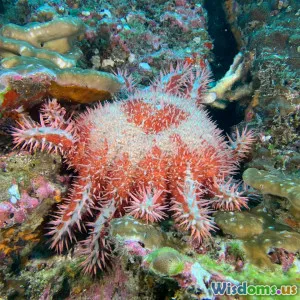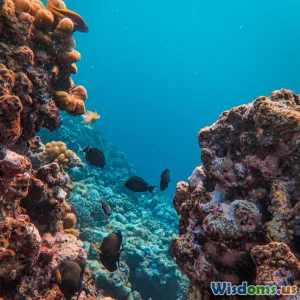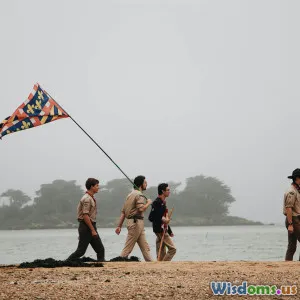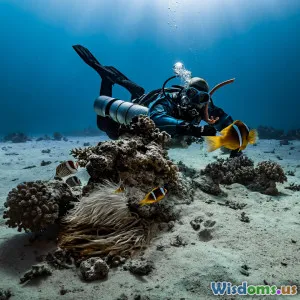
Underwater Adventure Stories from Seasoned Divers
14 min read Thrilling underwater adventure stories told by experienced divers who have explored the world's oceans and encountered marine life and mysteries. (0 Reviews)
Underwater Adventure Stories from Seasoned Divers
The world beneath the waves is mysterious, captivating, and fraught with moments that challenge and exhilarate even the most seasoned diver. These adventurers—marine biologists, underwater photographers, technical divers, and explorers—have witnessed wonders that most can only imagine. Their stories not only inspire awe but also offer invaluable lessons for anyone fascinated by the underwater realm. Dive deep, as we recount real-life underwater adventures, impart expert advice, and illuminate the perils and marvels encountered by those who dare to explore the aquatic unknown.
Taming the Darkness: Night Dives and Bioluminescent Encounters

Night falls and the ocean transforms. For many divers, the first excursion into the black velvet embrace of the sea after sunset is equal parts thrilling and unnerving. Experienced dive instructor Maria Templeton recalls her first night dive in the Galápagos Islands: “The moment my torch flickered out, I was surrounded by what seemed like a galaxy of blue sparks—the ocean's bioluminescence. Every movement painted the darkness with light.”
Practical Tips for Safe Night Diving
- Redundant Light Sources: Always carry at least two torches. Failure of your primary light can quickly escalate into a dangerous situation.
- Understand Marine Behavior: Many predators and prey behave differently at night. Approaching a resting turtle or a foraging octopus requires patience and a gentle touch.
- Communication: Use light signals or glow sticks for diver-to-diver communication. The darkness can isolate divers, so clear pre-dive signals are essential.
Real-Life Encounter
Sarah Kim, a scientific diver, once documented a spectacular emergence of blunt-end sea cucumbers off the coast of Indonesia—visible only at night. She describes how “millions blanketed the sand, spawning under a sliver of moonlight—a behavior invisible during the day.”
Diving at night demands confidence and preparation but rewards with rare glimpses of underwater life.
The Thrill and Peril of Wreck Diving
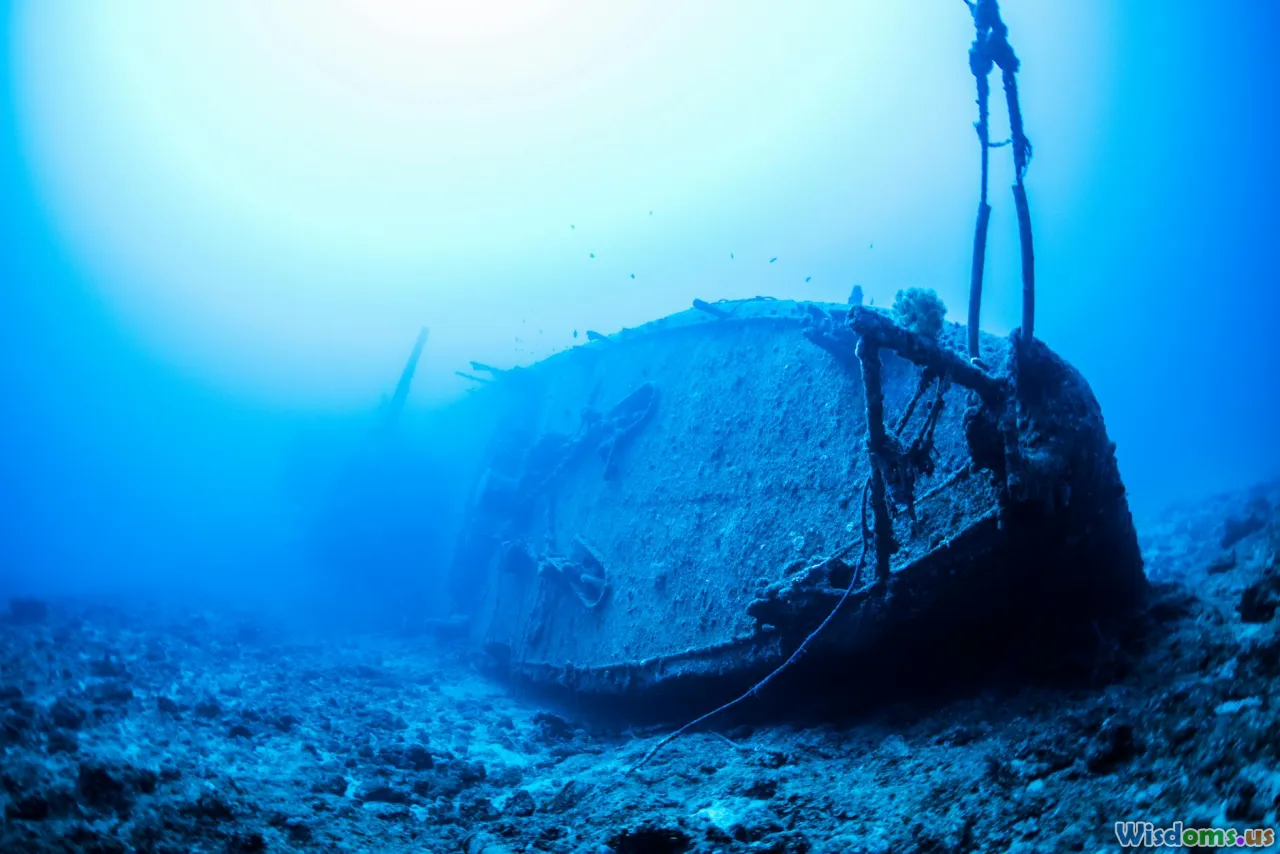
Few adventures stoke the imagination like descending upon a shipwreck. Each vessel, transformed by time and the elements into an artificial reef, forms the backdrop for chilling moments and moments of silent awe.
Iconic Shipwreck Stories
Paul Richard, with over 3,000 logged dives, recounts exploring the SS Yongala off Australia’s Queensland coast: “We penetrated the forward hold; moonfish swirled past bulkheads still laced with cargo remnants.” His dive buddy became snagged on fishing line, underscoring the need for focused training in wreck environments. Quick knife work, steady nerves, and years of buddy-team practice averted disaster.
Analysis: Hazards Unique to Wrecks
- Sharp Surfaces & Entanglement: Old nets, cables, and the corroded metal frame can lacerate or trap careless divers.
- Limited Visibility: Silt kicks up easily, turning clear water to murk in seconds. Divers practice non-silting kicks and proper buoyancy to maintain visibility.
- Potential for Disorientation: Wreck layouts are labyrinthine. Laying guide lines and using reels is key for safe navigation inside.
Training, teamwork, and respect for the wreck’s risks separate exhilarating exploration from tragedy.
Face-to-Face with Giants: Encounters with Megafauna
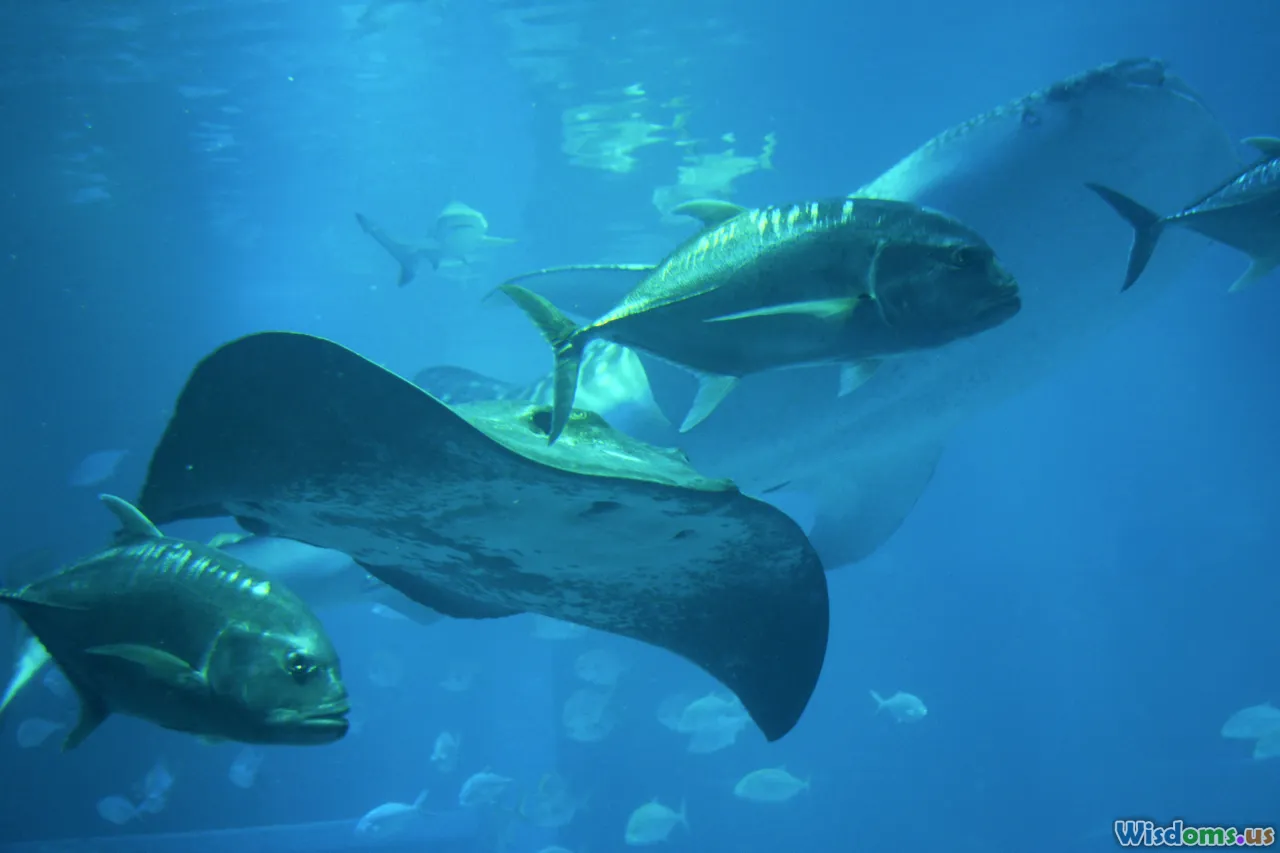
The ocean’s largest inhabitants ignite an unmatched sense of wonder. Seasoned diver Andres Vega shares the memory of his first manta ray encounter off the Maldives: “A 6-meter giant soared above, filtering plankton while sunlight streaked through its wings. The urge was to follow—yet experience taught me to maintain respectful distance.”
Diving Etiquette and Best Practices Around Wildlife
- No Touching Policy: It’s crucial to never touch or chase marine animals. Many, like sea turtles, have protective mucus on their shells, and contact can cause harm.
- Observation Over Interaction: Remain calm and maintain steady, slow movements to avoid scaring or stressing creatures.
- Recognize Animal Signals: Sharks arch their backs or lower their pectoral fins when threatened. Divers should slowly retreat and avoid sudden movements in such cases.
True Tale: Whale Shark Encounter Gone Wrong
In 2016, Marco Pellegrini attempted to position his group in front of a whale shark for photos in Mexico’s Isla Holbox. A member inadvertently brushed the animal’s tail, prompting its abrupt departure and tension within the team. This lesson underscored that every diver’s actions influence not just the experience, but the well-being of the wildlife.
Into the Abyss: Technical Diving and Cave Exploration
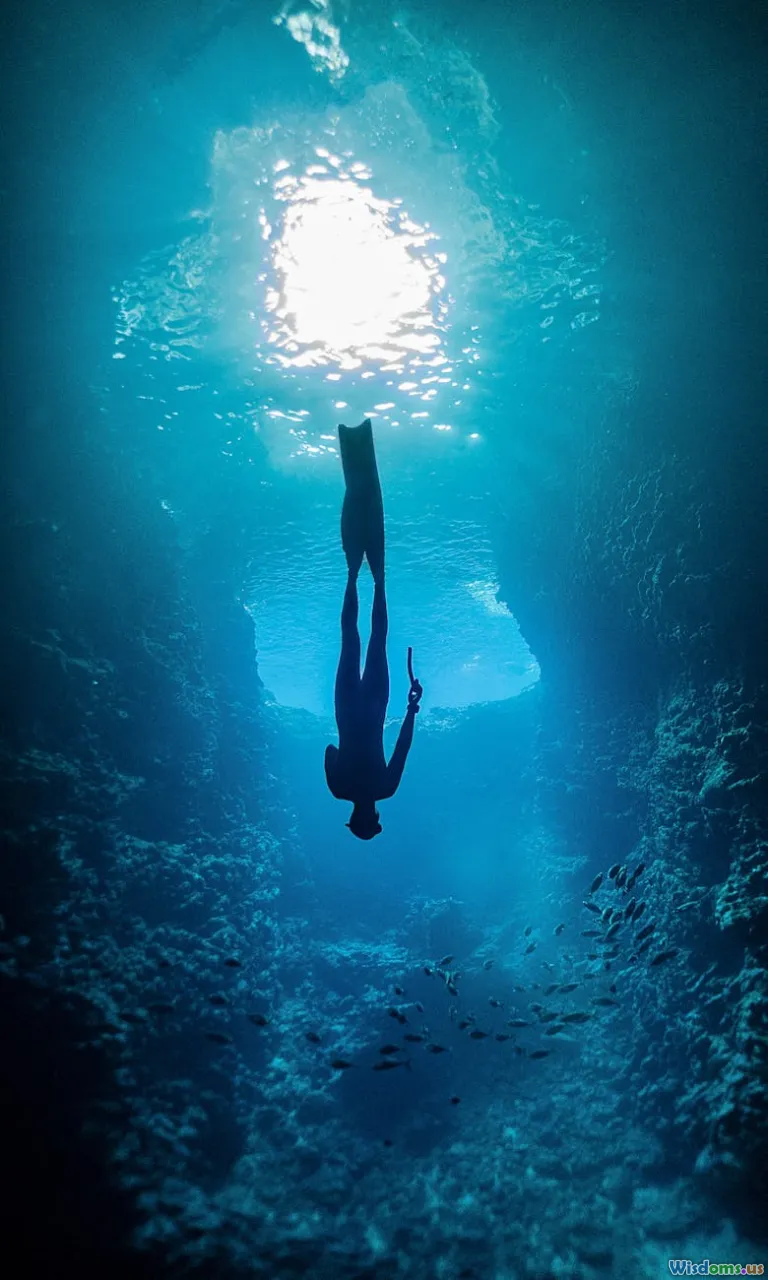
For some, standard open water adventures are only the first chapter. Technical (tech) divers pursue greater depths and challenging environments with special training and gear. Cave diver Lisa Norwood describes one of her boldest dives inside Mexico’s Sistema Dos Ojos: “The cave opened into an endless cathedral—stalactites reflected in the crystal water, but with each meter, decompression times lengthened and failure tolerance diminished.”
Comparing Recreational and Technical Dives
| Factor | Recreational Diving | Technical Diving |
|---|---|---|
| Max Depth | 18-40m (60-130ft) | 40m+ (130ft+) |
| Air Supply | Single tank | Multiple tanks/mixes |
| Training Level | Basic certification | Extensive credentials |
| Decompression | Rarely required | Complex, multiple stops |
| Equipment | Basic gear | Rebreathers, DPVs, gas mixes |
Cave Diving Essentials
- Rule of Thirds: Use only one-third of available gas for entry, one-third for exit, reserve one-third for emergencies.
- Continuous Guideline: Always lay a visible line from the cave entrance to prevent losing your exit path.
- Psychological Readiness: The overhead environment can provoke panic. Practice in low-silt caves with an instructor before self-guided expeditions.
Seasoned divers stress never venturing into caves or deep water without rigorous preparation—one mistake can rapidly escalate into a life-threatening emergency.
Underwater Technology: Evolution of Gear and Keeping Safe
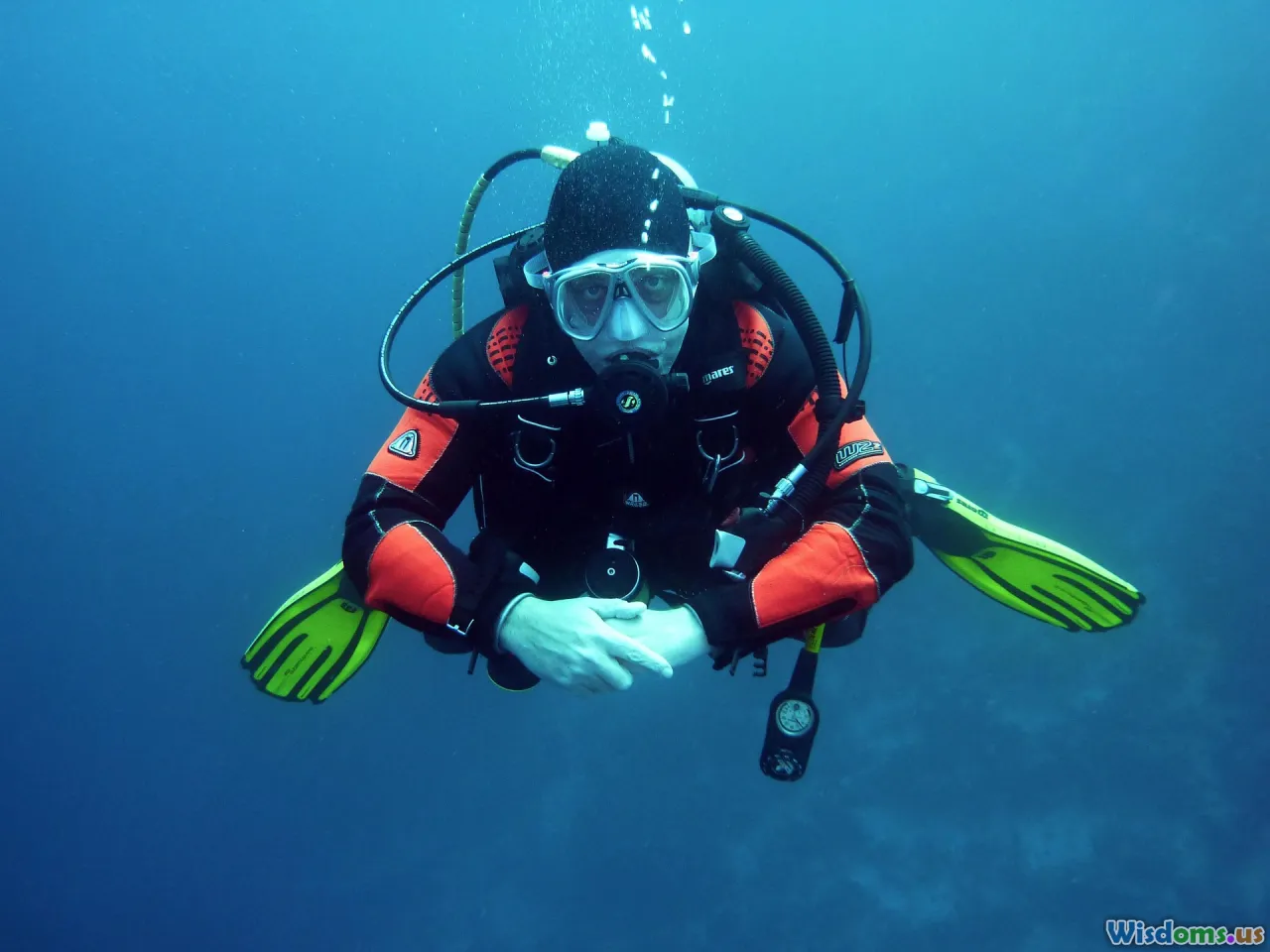
Diving stories from decades past feature improvised buoyancy vests, analog depth gauges, and line-of-sight navigation. Today, technology minimizes risks while unlocking new frontiers.
Insights: How Advanced Equipment Transforms the Dive
- Dive Computers: These calculate no-deco times, nitrox mixes, and ascent rates, virtually eradicating the “bend” risks when used properly.
- DPVs (Diver Propulsion Vehicles): Once limited to military use, DPVs now allow recreational divers to travel greater distances and access advanced sites like the SS Andrea Doria, deep off the U.S. Atlantic.
- Full-Face Masks with Comms: Enable easier communication for scientific and team-based dives.
- Underwater Drones and Cameras: Aid exploration in hazardous or hard-to-reach environments, and document rare finds—like the unexplored coral mount recently surveyed off Palau.
Veterans insist, however, that technology augments skill—it doesn’t replace it. Mastery of basic techniques is paramount, no matter how advanced your gear.
Survival at Sea: Tales of Unexpected Challenges
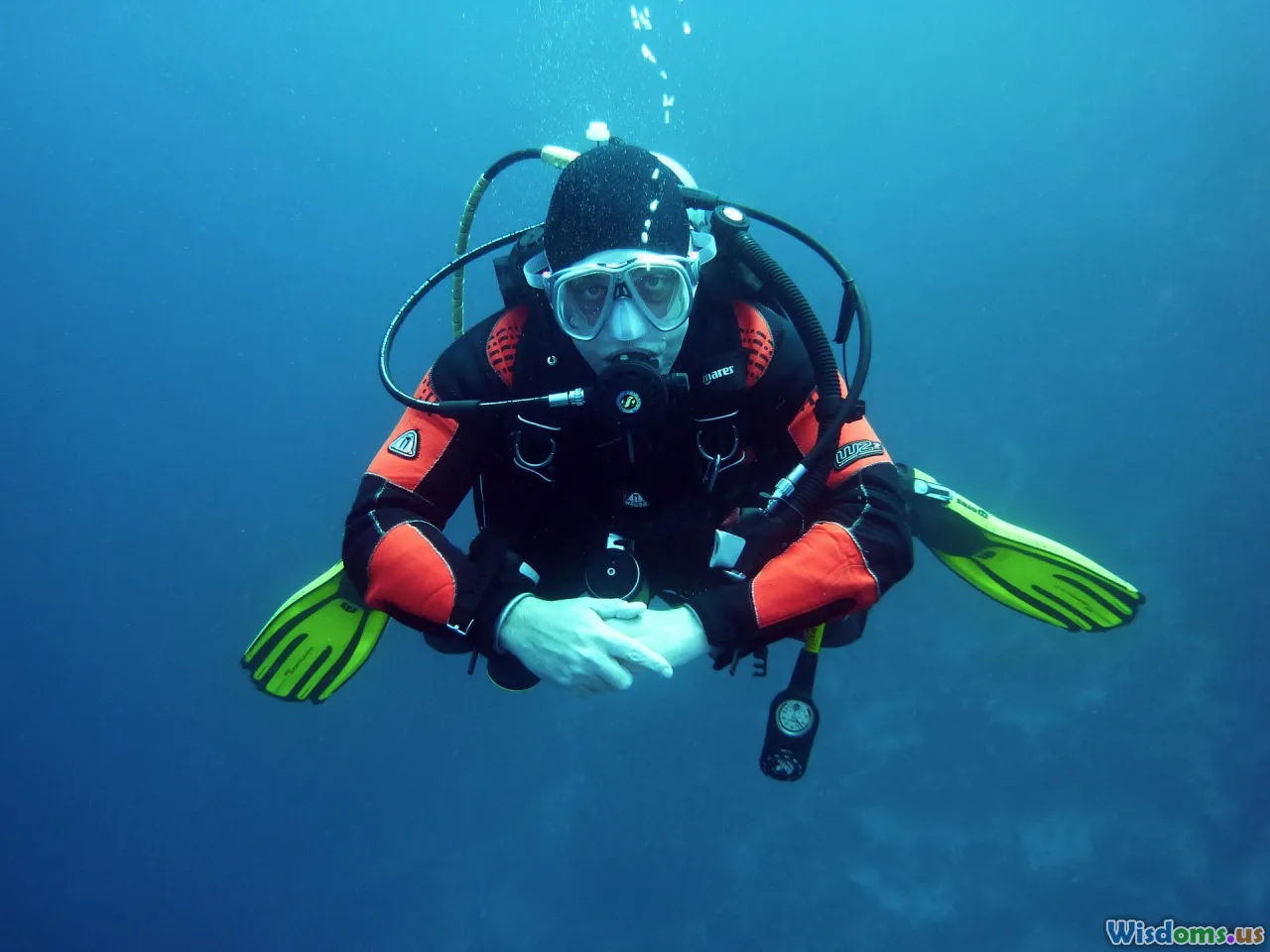
Disaster, when it strikes, does not discriminate. Even experts must sometimes fight for survival. Renowned underwater naturalist Jack Rennie recounts his unexpected drift off Sipadan after a current shifted during a safety stop.
How-To: Surviving a Lost Diver Scenario
- Surface Marker Buoys (SMBs): Deploying these alerts boats to your location.
- Stay Calm, Conserve Air: Stress increases air consumption; deep breathing preserves dwindling supply.
- Buddy Rescue Skills: Regularly train for out-of-air and entanglement scenarios—your real chance to make a difference is measured in seconds.
Real Incident Analysis
In 2018, a diver separated from her group in Hawaii was found thanks to her reflective emergency mirror and whistle—tools every responsible diver now affirms as must-carry equipment.
It's often stories of adversity that spur divers to continually hone their safety procedures.
The Joys and Burdens of Underwater Photography
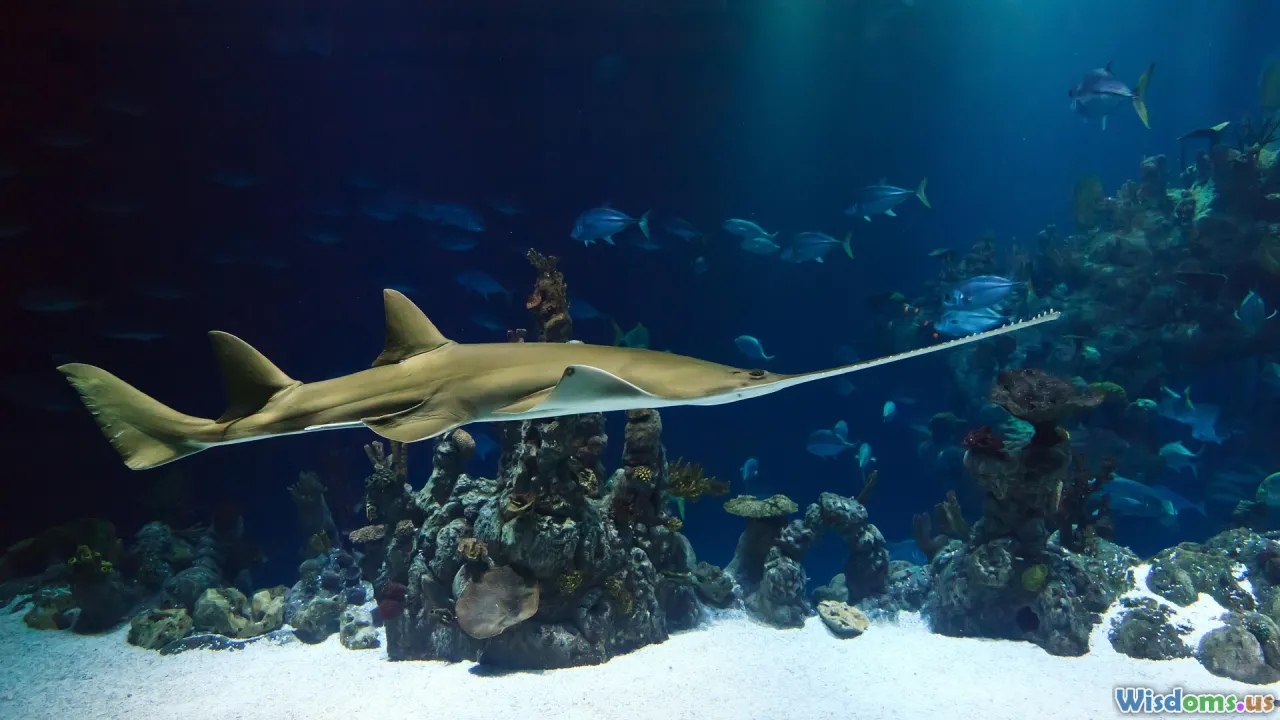
Every breathtaking marine vista or close animal encounter tempts the press of a camera shutter. Professional underwater photographer Thomas Wei knows the trade-offs intimately: “Some of my favorite images have cost me buoyancy issues, silt-outs, or a frightened subject. Learning how to shoot without disturbing the environment is both an art and a responsibility.”
Actionable Advice for Budding Underwater Photographers
- Pre-Stage Your Shots: Have camera settings ready before approaching a subject to minimize time and movement.
- Buoyancy Mastery: Practice hovering perfectly motionless—a shaken camera spoils the shot, and poor positioning can damage fragile coral.
- Be Patient: Better shots result from letting marine creatures come to you.
Skillful photographers blend patience, technical know-how, and environmental awareness for iconic images that tell true underwater stories without leaving a trace.
Life Lessons from Depth: Why Divers Keep Coming Back
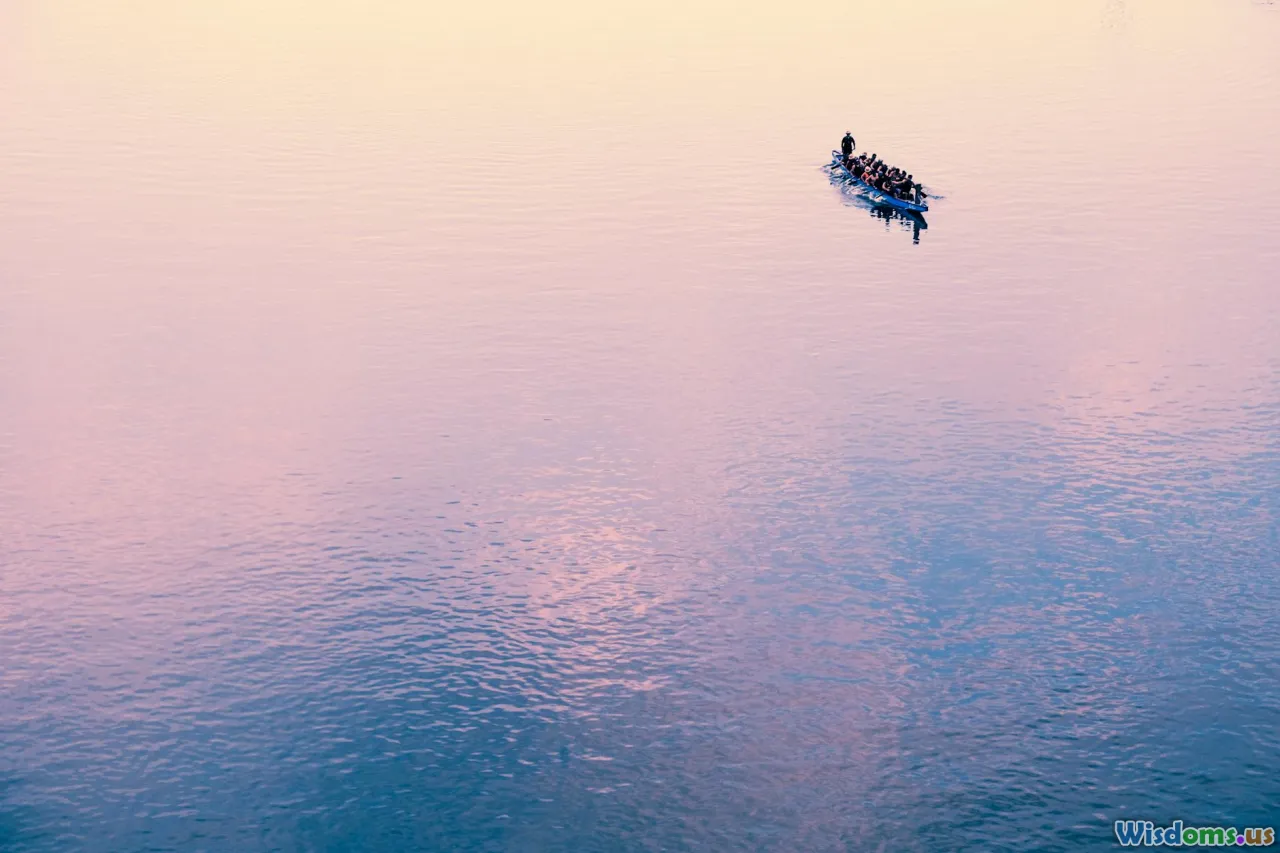
Ask any veteran diver what draws them back to the water, and their stories ring with a common refrain: perspective, humility, and gratitude. Each new site—a plunging wall in Belize, an eerie kelp forest off California, a seagrass meadow in the Mediterranean—brings fresh lessons and lasting bonds. Teamwork, self-reliance, and respect for unpredictability extend far beyond the water, shaping divers’ lives on land, too.
As Jacques Cousteau once mused, “The sea, once it casts its spell, holds one in its net of wonder forever.” From adrenaline-soaked rescues to serene moments suspended weightless in sapphire blue, these underwater adventures remind us there is always more to learn below the surface—and stories worth sharing after every ascent.
Rate the Post
User Reviews
Popular Posts













